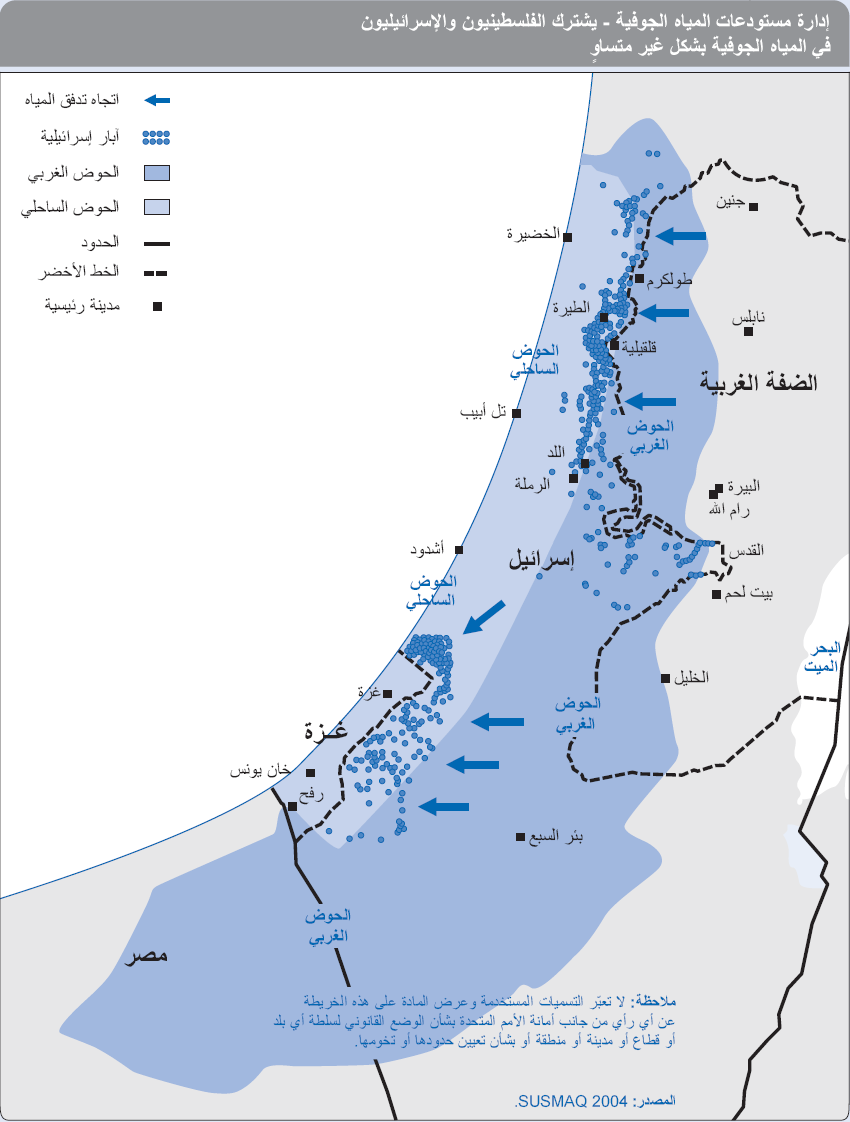World Environment Day, Gaza

In June, HLRN participated as cosponsor of a civic initiative to commemorate World Environment Day in Gaza with a Symposium on “The Pollution Crisis in the Gaza Strip,” in Gaza City, on World Environment Day (5 June). That meeting consolidated participants’ commitments to take actions that focus international human rights mechanisms especially on the critical situation of water, sanitation and environment under Israeli occupation in Gaza and elsewhere in Palestine.
HLRN’s contribution focused on the right to water, which resource is not only a subject of great scarcity in the occupied Palestinian territories, but also a subject of dramatic inequality. An individual Palestinian is able to use about 320 cubic meters of water annually, which represents one of the lowest rates of water availability in the world. However, the more significant factor is the inequality in distribution of water from aquifers shared with Israel, which reflects the asymmetrical power relations in water management.
By contrast the average Israeli has some 2,200m3 to use annually due to Israel’s overexploitation of available resources and water distribution through a “national” water carrier, Mekorot. Like its founding organizations, the Jewish Agency, Jewish National Fund and Histadrut, Mekorot is chartered to serve persons holding the status of “Jewish nationality,” which status Israel’s founding institutions have constructed.
Palestinians in the West Bank do not enjoy the rights to their natural resource in the waters of the Jordan River, which constitutes the main source of surface water in the occupied territory. Mekorot transports water from Lake Tiberias in the north to serve Israelis settled in the southern Naqab region. However, as a function of Israeli law and institutional discrimination, “unrecognized” Bedouin Arab villages in the Naqab, for example, are not served.
Therefore, disfavored Palestinians have to meet their water requirements from groundwater wells, or by purchasing water from Israeli distributors. However, these sources are also subject to legal and environmental impediments.
Punishing Obstacles
Israel has built its separation Wall across the West Bank precisely in the locations that sever Palestinians from vital groundwater sources, effectively annexing them to Israel. The Wall separates farmers from their fields and wells, and has desiccated formerly productive districts of Bethlehem, Jenin, Nablus, Qalqilya, Ramallah and Tulkarm.
Gaza is particularly affected by the combination of factors that have left ground waters depleted and the civil infrastructure largely destroyed by Israeli military actions and restrictions on trade and repair required for maintenance of the water and sanitation infrastructure. Gaza’s overpopulation—and the consequent over-use of precious groundwater—is also the direct result of the population transfer that Israel conducted in 1948, rendering three quarters of the Gaza 1.5 million population as (1.1 million) registered refugees from other depopulated centers across Palestine.
Further, Israel has concentrated its wells extracting the natural flow of ground water to Gaza from the West Bank aquifer. (See figure above.) This pattern of exploitation deprives the Gaza Strip of its natural share of ground water, which has contributed greatly to the influx of sea water into Gaza’s water table.
At the 5 June Symposium in Gaza commemorating World Environment Day, participants characterized the consequences for Gaza’s habitat as a form of collective punishment. The international delegation, which included HLRN’s Coordinator Joseph Schechla, conducted site visits and pledged to join the conference participants in raising the profile of the human rights dimensions of environment in Gaza and Palestine, in general.
See the Symposium declaration.
|